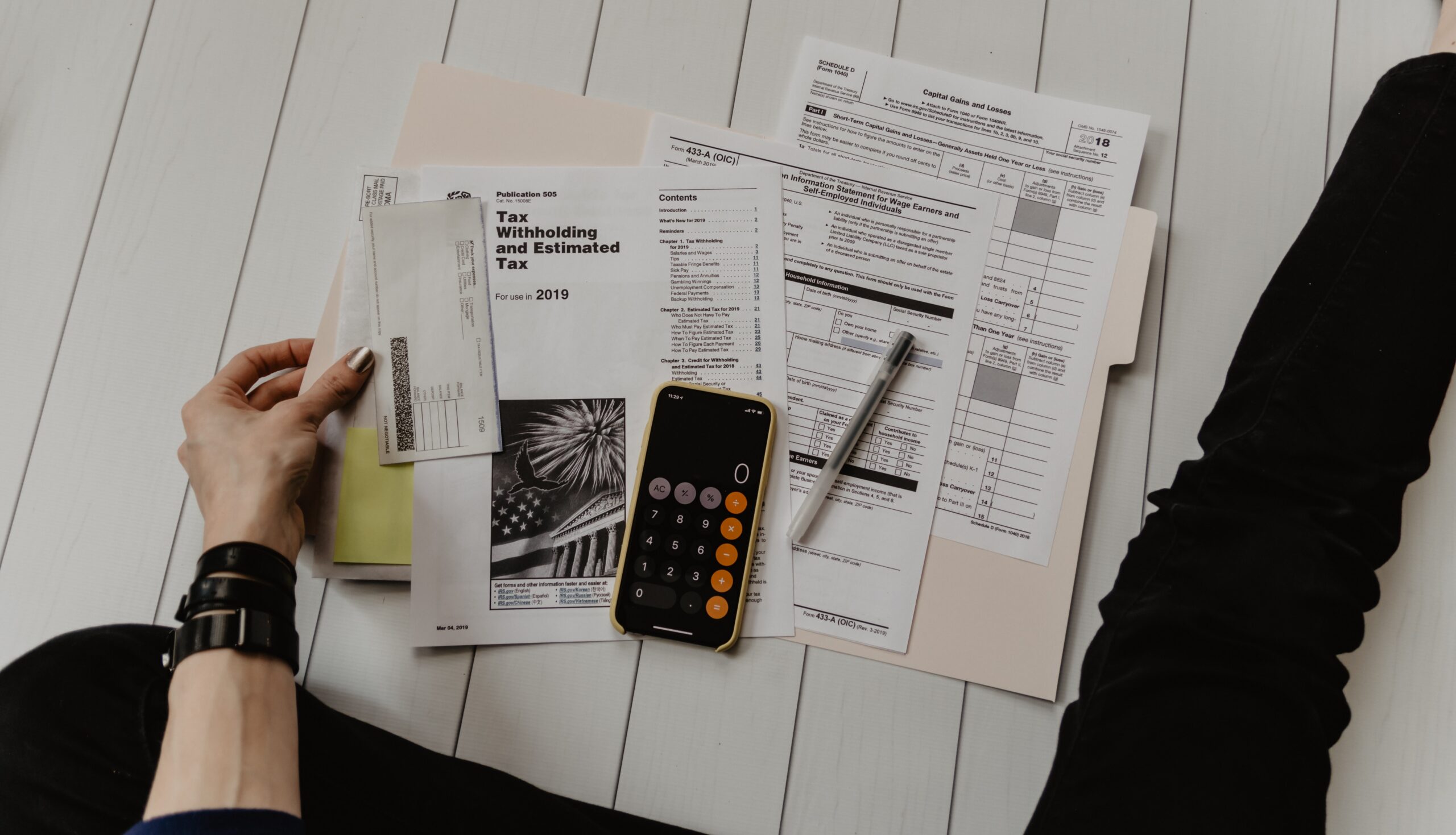Retail businesses will know the importance of retail audits. Therefore, it must be conducted optimally. A series of steps to conduct a reliable retail audit becomes compulsory to understand.
A retail audit is an evaluation study done by brand owners towards several retail outlets in order to collect data and learn about the brandâs health. The auditor can be the brandâs internal team or a third-party agency that is given the authority to do so.
Retail audit results are crucial. Both the brand and supplier will gain beneficial insight from them. The brand will understand actual market conditions more accurately. Meanwhile, suppliers will know if retailers have complied with the cooperation agreement; covering product placement, pricing, and running promotions.
The Guides to Retail Audits
Considering how vital retail audits are, it is of high importance to conduct them correctly. Below are steps to ensure a robust retail audit.
1. Setting the auditâs objective
Firstly, define the retail auditâs objectives in detail. Do brand owners want to know how fast productsâ movements from the store to consumers are? Or is it consumersâ reaction towards a particular product that wants to be investigated?
Whatever it may be, the retail auditâs agenda needs to be determined from the outset. It is best practice to record the objectives in writing, using quantifiable indicators such as numeric measures. This will enable retail audits to become more focused.Â
There are four types of retail audits to consider. Each type has different goals and utilization:
- Retail Market Questionnaire: An effort to learn more things about the brand. The insight to be collected can vary, based on the set objective.
- Merchandising Report: An audit to understand a product or brandâs performance.
- Promotional Report: An evaluation of results and impacts of various promotional efforts.
- Competitor Survey: A survey to understand different facets of a product relative to its competitors.
2. Designing audit criteria
Start designing a set of questions to achieve the previously determined objective. Decide if they will be yes/no questions, or if they will have numeric scale measurements of 1-5, or other variations. This design is crucial to collecting necessary data. However, avoid complicated or ambiguous questions in order to simplify data recording.
There are three data types that can be collected through retail audit:
- Observational Data: Information that gives a picture of the location being audited; for example stock conditions, competitive map, or service environment.
- Activity Data: Data on the behavior or action of the team in an area being evaluated. Brands can then measure if operations are sufficient to meet standards.
- Sales Data: Data on the sales volume level of a product at a certain store in a certain period of determined time. These data may already be available in routine sales reports, but when combined with observational data or activity data, they may result in important insight for retail businesses.
3. Making the agreement with parties to be audited
In safeguarding the study to go according to plan, make an agreement with the parties to be audited; store A, B, or C. This cannot be neglected, as the stores need to prepare the necessary data. To simplify this process, decide on a representative from each area that will be audited. Then contact these stores to ready all requirements.
4. Collecting the data
It is finally time to execute the retail audit in the field. Begin by collecting all required data. Keep records; if necessary also document them in photo or video. This may come in handy, for example, to double-check a productâs placement on a display shelf. To aid with this endeavor, there are now many software that tackle data collection from retail audits. Utilize these to more efficiently execute data collection.
5. Evaluating results
Once all data are collected, begin result evaluation. Process data to become more organized and easier to make sense of. Then present them in a layout that will ease the analysis process. Lastly, align the data with retail audit objectives. If conducted correctly, then all necessary data should already be available.
Conducting a retail audit will give deeper insight into the conditions of a brand. However, only gathering insight without formulating future action plans and executing them will be in vain. Hence it is suggested to take the necessary steps in response to the findings of a retail audit.
An example is when findings show that a certain strategy is not effective in supporting sales. As such, renewing the sales strategy is needed. After implementing the new strategy, do another retail audit to evaluate its impact.
Enhance Your Retail Business Operations with StaffincÂ
Conducting retail audits regularly will bring many advantages. Retail businesses will be aware of real market conditions and able to promptly adapt to changes and shifts armed with retail insights.
If you are looking for ways to enhance your retail business operations, Staffinc’s retail service can be your option. Providing trained personnel for various industries in Indonesia, you can escalate the manpower or resources for your business with Staffinc.
Consult your business needs in retailing with Staffinc here.



